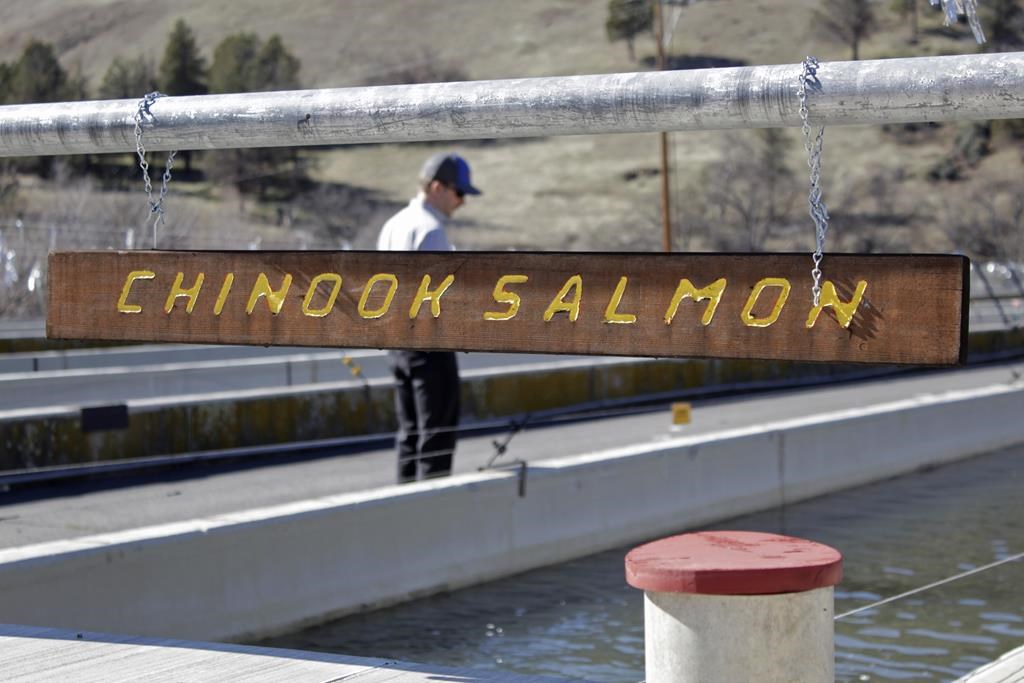
A new study shows how juvenile Chinook salmon from the Fraser River rely on the estuary and its arms in the lower river.
The results of this study highlight the importance of the estuary for Chinook salmon.
Lower Fraser Research and Restoration Director for Raincoast David Scott says juvenile Chinook salmon use that area as a really important feeding-rearing area before they make a transition from fresh water to the ocean.
“What we found is that about six months of the year there’s juvenile Chinook presence that are making their way out to the ocean,” he said.
The study shows that 85 per cent of previous habitats in the Lower Fraser River estuary are now either lost or disconnected by structures like dikes and floodgates.
This can be problematic for juvenile Chinook salmon who stay in the estuary before heading out to the ocean. Scott says efforts are being made to restore the habitat in the estuary.
“The only tricky part is just that so much of the foreshore is already developed. The land values are extremely high, so buying land to restore it is very tricky, but there’s a lot of people definitely working on it right now,” he said.
“It would be nice if we’re going to invest the money in restoration, to just focus on restoration, and try not to do any more development in this area.”
Scott says people probably don’t realize how much is going on below the surface of the water in the area because of how industrialized it is.
“When we go out there each spring, you know, we’re able to capture, thousands of juvenile salmon that are moving through the estuary. So it is really still this super biodiverse place,” he said.
Raincoast conducted this study with scientists from the University of British Columbia, University of Victoria and Fisheries and Oceans Canada collected tiny pieces of tail fin from juvenile Chinook along the shores of Vancouver, Richmond, Ladner and Tsawwassen from the spring and summer of 2016 to 2020. In those five years, researchers collected gene samples from more than 3,300 Chinook salmon.